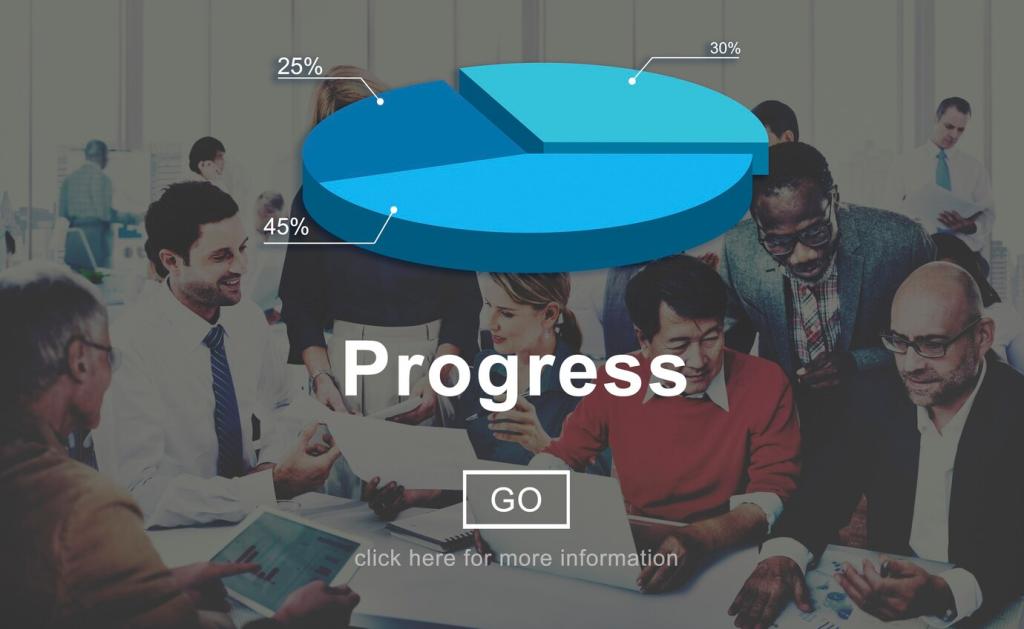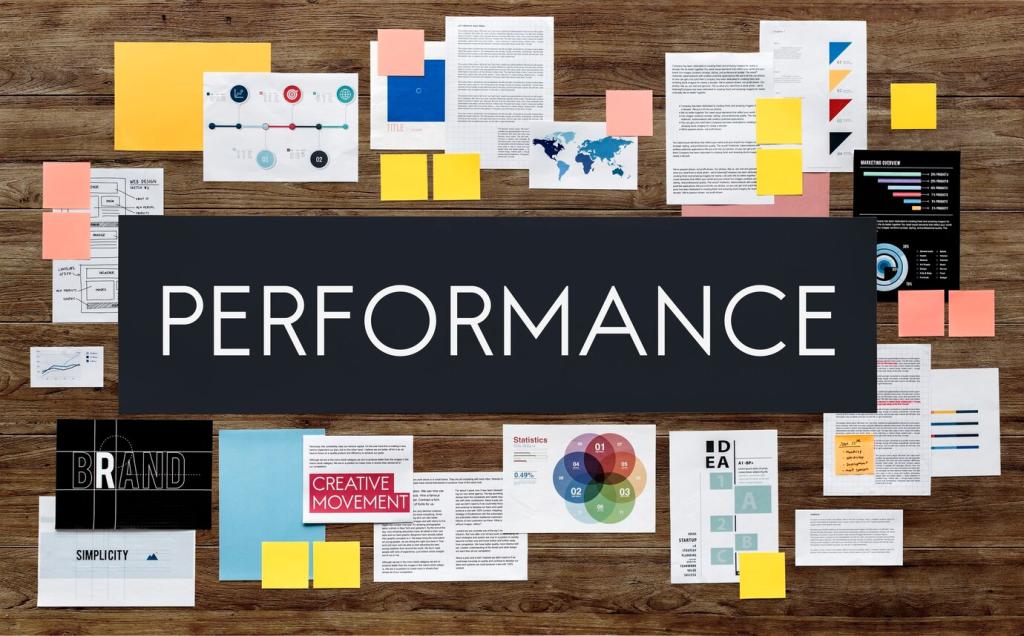Build Continuous Learning Loops
Schedule monthly insight reviews with clear decisions, owners, and deadlines. Track follow-through and report back on results to reinforce a culture that values evidence over intuition alone.
Build Continuous Learning Loops
Document failures and successes with equal rigor. A simple one-page template—context, action, outcome, lesson—keeps learning portable. Share a recent win and the metric that confirmed it.








